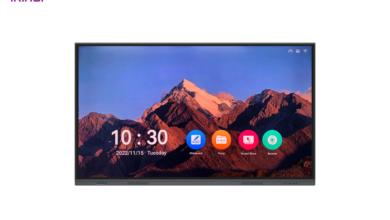Automobile Auxiliaries Windscreen washers and wipers

Functional requirements
The requirements of the wiper system are simple. The windscreen must be clean enough to provide suitable visibility at all times. To do this, the wiper system must meet the following requirements.
In order to meet the above criteria, components of good quality are required for both the wiper and washer system. The actual method used by the blades in cleaning the screen can vary, providing the legally prescribed area of the screen is cleaned.
Wiper blades
The wiper blades are made of a rubber compound and are held on to the screen by a spring in the wiper arm. The aerodynamic properties of the wiper blades have become increasingly important due to the design of the vehicle as different air currents flow on and around the screen area. The strip on top of the rubber element is often perforated to reduce air drag. A good quality blade will have a contact width of about 0.1 mm. The lip wipes the surface of the screen at an angle of about 45°.
Wiper motors
Most, if not all, wiper motors now in use are the permanent magnet motors. The drive is taken via a worm gear to increase torque and reduce speed. Three brushes may be used to allow two-speed operation. The normal speed operates through two brushes placed in the usual positions opposite to each other. For a fast speed, the third brush is placed closer to the earth brush.
This reduces the number of armature windings between them, which reduces resistance and hence increases current and therefore speed. Typical specifications for wiper motor speed and hence wipe frequency are 45 rev/min at normal speed and 65 rev/min at fast speed. The motor must be able to overcome the starting friction of each blade at a minimum speed of 5 rev/min.
Washer and wiper circuits
The switches are shown in the off position and the motor is stopped and in its park position. Note that the two main brushes of the motor are connected together via the limit switch, delay unit contacts and the wiper switch. This causes regenerative braking because of the current generated by the motor due to its momentum after the power is switched off. Being connected to a very low resistance loads up the ‘generator’ and it stops instantly when the park limit switch closes.
Electronic control of windscreen wipers
Further control of wipers other than just delay is possible with appropriate electronic control. Manufacturers have used programmed electronic control of the windscreen wipers for a number of years now. One system consists of a two-speed motor with two limit switches, one for the park position and one that operates at the top limit of the sweep.
A column switch is utilized that has positions for wash/wipe, fast speed, slow speed, flick wipe and delay, and which has several settings. The heart of this system is the programmed wiper control unit. An innovative feature is that the wiper blades may be parked below the screen.
Last word
A computer program can then be used to control the motors. The inputs to the program are from the driver’s switch, the motor limit switches and the motor armature revolution counters. Fully programmed operation in this way will allow more sophisticated facilities to be used if required. A slight delay in the start and reverse point of each motor can be used to reduce high current draw.




